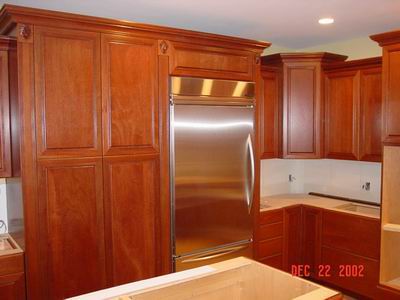Question
I'm trying to color a clear lacquer base, and I've heard of some different ways (japan colors, poster paint, etc.), but haven't tried any. I need some advice on how many parts thinner and colorant to mix with the lacquer.
Forum Responses
Try taking the japan color and mixing it in your lacquer thinner, then add that to your lacquer. Are you trying to make a toner or an opaque finish? Make sure to strain. Toners generally have about 2 ounces of colorant per quart of finish.
Generally, Huls 844 colorants are the product of choice, as well as Mohawk's Base Concentrates and Behlen's Master Colors. These are paste colorants ideally suited for this purpose.
You really have to do quite a bit of mixing. Plus you have to occasionally mix because the colorants settle out of suspension. Stirring is not always good enough. Serious mixing like what you do with an eggbeater is better.
I have taken the Sherwin-Williams SherWood stain and dumped that in my lacquer, and even my Duravar. This requires a lot of mixing and straining, and if you do too much, you get into trouble because of compatibility issues. Don't confuse the SherWood stain with their new line of thick wiping stains. Those new stains were not made for us (although we sure can find uses for them).
M.L. Campbell's Woodsong stains will behave the same way as the Sherwin-Williams stains.
When using catalyzed finishes, add the catalyst and mix thoroughly, then any reducer, followed by the color.
Remember to really mix well. If you have a paint shaker, all the better. It's not like adding sugar to your coffee or milk to your tea. It's more like adding Nestle's Quik to your milk, and your mixing techniques have to be aggressive enough to really disperse the colorant.
My ratio comes straight out of the Mohawk catalog. I have not seen any mixing ratios anywhere else. I can't tell you what I do, because sometimes I buy my toners pre-mixed from a company that sells OEM finishes, and most of the time I mix my own by eye, but write down the formulas so I can duplicate the mixture anytime.
If the opaque finish needed is for a large project, maybe it's easier to just have your coatings supplier custom mix it for you. You can always tint it later with UTCs (universal tinting colors) if you need to tint, shade, or kick the color in a certain direction.
